Lael Wilcox: What Makes a Great Bikepacking Tire?
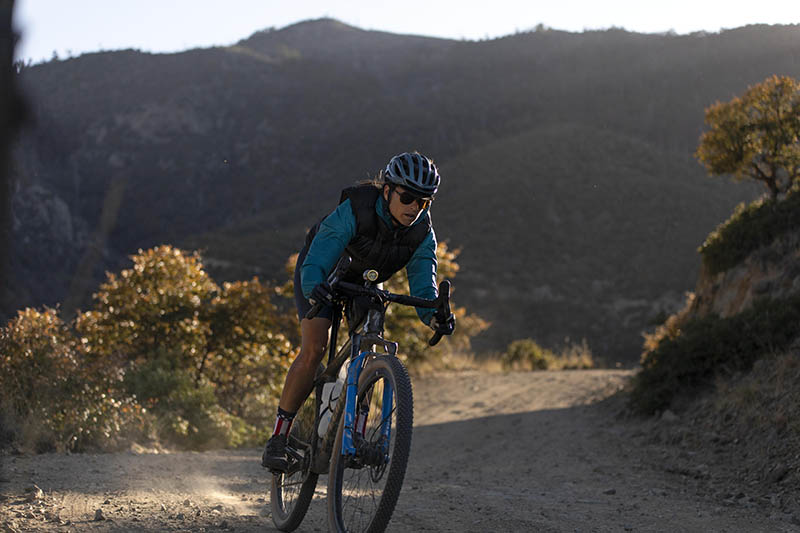
Long distance bikepacking is all about making equipment compromises. Generally speaking, for me, bikepacking is multi-day dirt-road riding and carrying what I need along the way. Road surfaces, conditions, and weather are ever-changing— that’s part of the adventure. When setting out for a tour, I select equipment based on what will be the most fun or make me the happiest for the trip, or simply what I have at hand that’s ready to go. When setting out for a race, I choose what will make me the fastest over time. There are a lot of different elements that factor into the time it takes to cover an immense distance, like speed, efficiency, time on the bike and comfort. Maybe the easiest way for me to dive into these aspects is through specific illustration. I’ll use the it as an example.
The Tour Divide is a 2,750 mile (4,425 km) self-supported mountain bike race based on Adventure Cycling Association’s Great Divide Mountain Bike Route that travels through the Rockies from Banff, Alberta, Canada to Antelope Wells, New Mexico on the Mexican border. It follows the continental divide as closely as possible, on forest service roads with over 200,000 feet (60,000 m) of climbing along the way.
I’ve toured stretches and raced the full route three times. I hold the women’s record at 15 1/2 days (set in 2015). My ultimate dream is beating the men’s record that’s just under 14 days. To accomplish this task, I have to ride nearly 200 miles (320 km ) and 14,000’ (4,300 m) of climbing every day for two weeks, while taking care of all of my own needs (eating, sleeping, and maintaining my bike), without any external help. Commercial businesses are acceptable, meaning you can buy food, stay at hotels and visit bike shops, but these must be available to the public and can not be prearranged before the race begins.
From the start, the clock continues to run. So much can happen out there. I’ve had a fox steal all of my food in the night. In 2015, I got stuck in the mud in Southern Montana for a 12-hour stretch. Last year, on the summer solstice, it snowed over 30 inches (75 cm) near Steamboat Springs. There are so many beautiful moments, like a herd of elk stampeding up to Union Pass in the late evening or owls swooping low on the hunt. Yes, it’s a race, but it’s also experiencing almost every moment of every day through all conditions from the seat of your bicycle.
Bikepacking is really about adapting to ever-changing conditions, and yet there hasn’t been a tire that is designed specifically for bikepacking. Most racers are on mountain bike tires that are designed for technical terrain, because we need aggressive knobs to deal with mud and snow. But mountain bike tires come in many varieties, each designed for one type of terrain. The idea is that you switch tires for different courses. But we’re racing all the way from Canada to Mexico on the same set of tires.
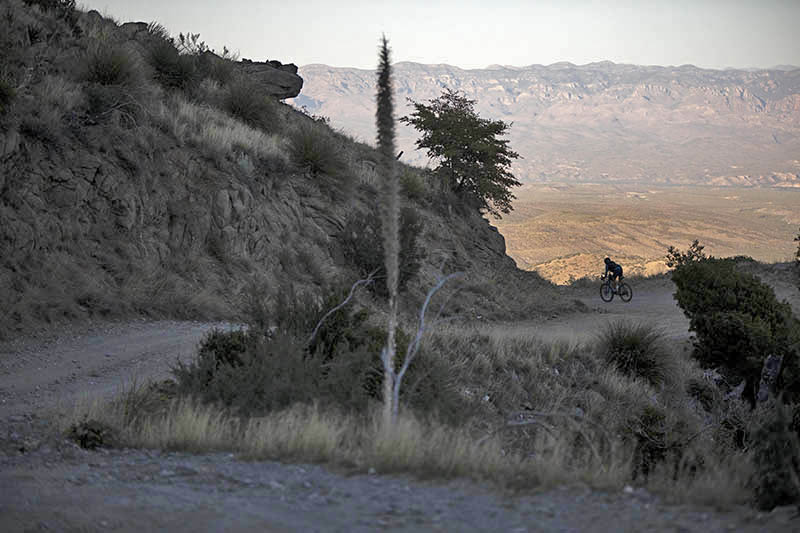
I was excited when Rene Herse Cycles asked me for input into their new bikepacking tire. “What is your ideal tire for the Tour Divide?” asked Jan.
Nearly the entire ride would be considered gravel with fairly smooth dirt roads, and it is totally passable on a gravel bike with 38 or 42 mm tires. However, no one has ever won the race or established a time record on a gravel bike. I believe this to be the case because over such a long distance, you just get too beat-up. I’d select at least a 2” (50 mm) tire for comfort, preferably a 2.2” (55 mm). This translates into more comfort for all contact points and joints (hands, feet, butt, shoulders, wrists, knees, back, neck, etc). Larger volume tires also enable me to rest and recover more on the descents, as I don’t have to actively control the bike as much.
The tire must be versatile for different surfaces— some tread for traction and handling, but also fast rolling on pavement. You can’t ride through mud and snow on a slick, but you also don’t want knobs that fold over in the paved hairpin turns when you descend into a town for a resupply. I also prefer a medium-weight tubeless-ready tire for durability and to avoid flats and failures. It’s never convenient to fix punctures (or any other roadside mechanicals). In a race setting, this could waste time and add frustration. It’s a big mental challenge to sacrifice sleep and endure so many other challenges – and then spend time on the side of the road dealing with a mechanical. Facing adversity is definitely part of the race, but if you can avoid problems by selecting more durable gear from the outset, this could save time and mental energy.
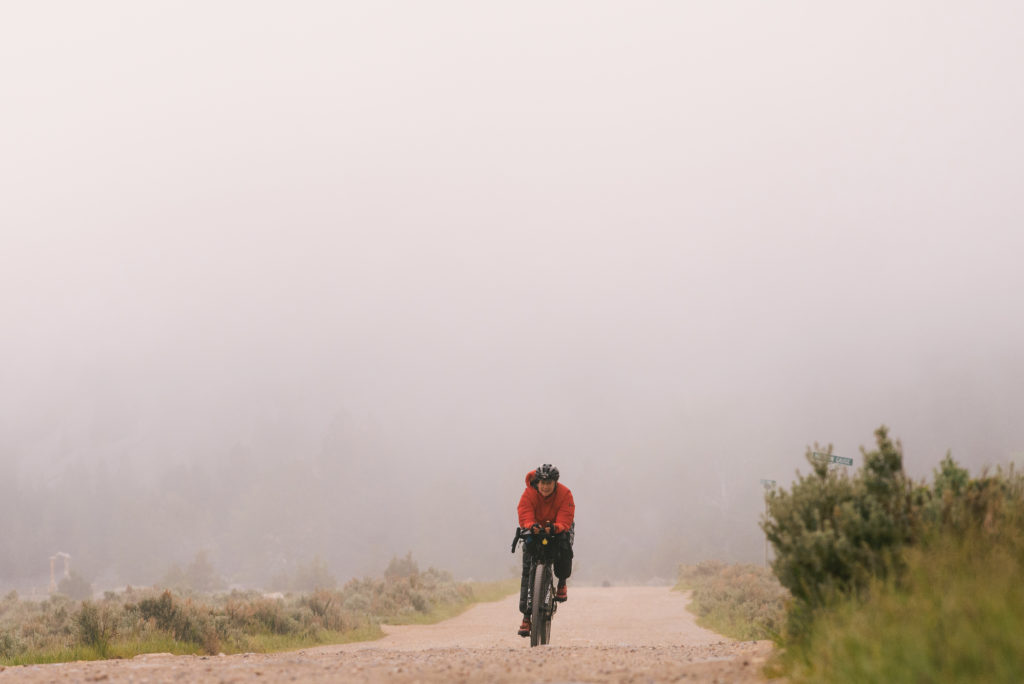
A few months later, Jan called and told me that they were sending me prototypes of the new bikepacking tires for testing. “What shall we call it? Do you have a favorite climb on the Tour Divide?” he asked. I didn’t have to think long: Fleecer Ridge (above) is a beautiful climb with a rough, steep descent on the route in Southern Montana. It illustrates the varied challenges that this wonderful route presents, and it’s a perfect name for the new tire.
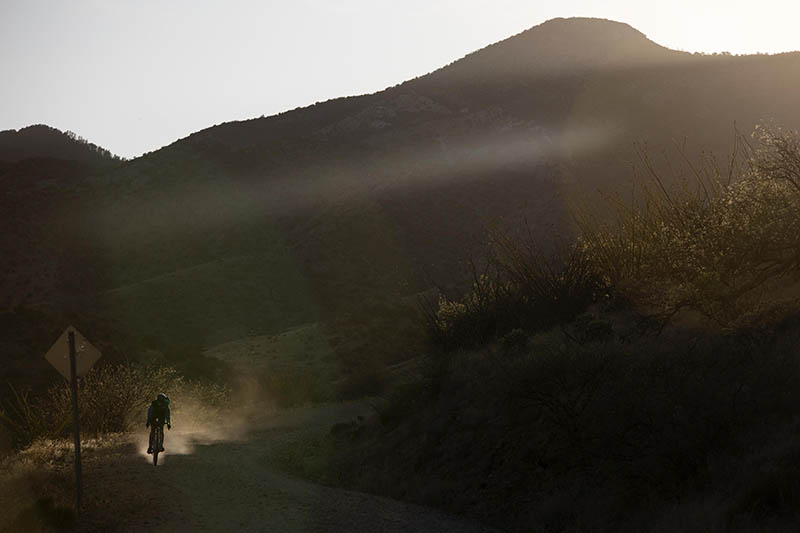
Now that I’ve been testing the Fleecer Ridge 29″ x 2.2″ (700 x 55 mm) tires with the Endurance casing, I found that they check all of the boxes as ideal for the Tour Divide. It rolls fast, it’s got great traction with its large, widely spaced knobs, but the round profile and clever knob arrangement also allow me to lean the bike deep into corners on pavement. It’s been 100% reliable, with no flats so far.
On that note, I would also select these tires for bikepacking expeditions on unknown terrain or other long-distance races where I expect mixed conditions, like our recent route-building project in Colombia, the Silk Road Mountain Race in Kyrgyzstan, and the Hope 1000 in Switzerland. For really rough rides, I might go for the Endurance Plus casing, and for a shorter, smoother course, I might pick the Extralight’s amazing speed. To sum it up, for the riding that I love, if I had to choose one tire, the Fleecer Ridge would be it.
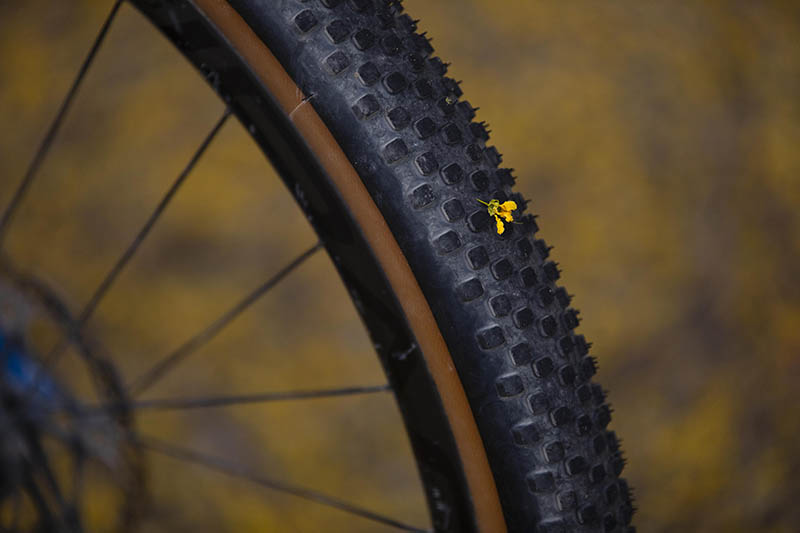
Depending on conditions, I might opt for a slightly narrower rear tire to increase mud clearance. For the most part, I ride a Specialized Epic Hardtail, and the tire clearance between the chainstays with a 55 mm tire is pretty tight. Muddy conditions can halt forward progression pretty quickly. For this bike, 48 mm rear tire would probably be best. In that case, I’d be compromising a little comfort for better mud clearance. Jan, can you make a 48 mm version for me, too?
Photo credits: Rugile Kaladyte, Spencer Harding (Photo 3)


